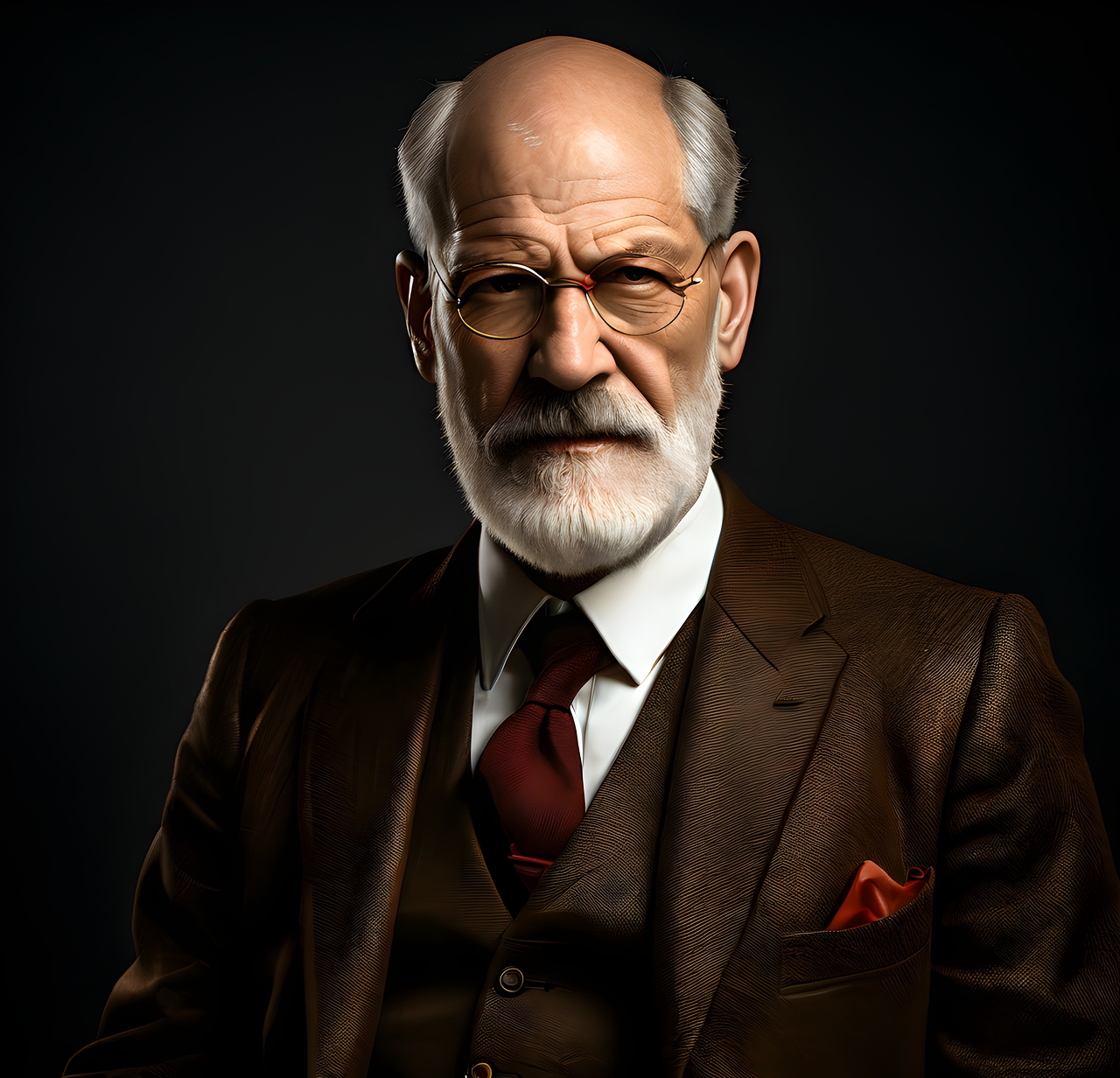
Sigmund Freud (1856–1939) divided mental events into three layers; conscious, pre-conscious, or unconscious.
The conscious mind consists of mental processes we are currently aware of eg; where you focus is at probably your phone’s screen.
The Pre-conscious mind contains memories, feelings, thoughts,and images that we are unaware of at the moment but can be recalled, such as your name, your spouse’s face , the position of your tongue in the mouth and the sum of equation 1+1.
Because we can be aware of their contents, we are likely to see the conscious and preconscious areas of the mind as the most prominent ones.
But Freud believed that these areas are dwarfed in both size and importance by the unconscious mind, a dynamic realm of unacceptable and unfulfilled wishes, feelings, and impulses that lies beyond our awareness.
Initially , he used the term unconscious and subconscious interchangeably but later opted to use Unconscious to avoid confusion. Little did he however know that the two would still cause confusion years later after his death.
But we can state that what he meant to be the Pre-conscious is what we refer to as the subconscious. It contains activities, memories and processes below our awareness (surface) but can be brought to through focus.
The Iceberg Metaphor.
Though many attribute it to Freud, the concept of the mind as an Iceberg wasn’t actually introduced by Freud but Gustav Fechner and G. Stanley Hall who were architect of this metaphor in relation with Freud’s theory.
That the Mind was like an Iceberg in water with only a little tip visible above the water while a bulky layer lied underneath.
If we moved close to the iceberg and observed it we would be able to observe the layer just below the tip (Pre-conscious ) that’s immersed in water but it might be difficult to see the bottom (Unconscious).
The father of psychoanalysis spent most of his life in Vienna, where he attended medical school an aim of becoming a medical researcher
He was particularly interested in brain functioning.
A pivotal event in his life occurred when he was awarded a fellowship to study in Paris with the famous French neurologist Jean Charcot.
Charcot was treating patients whos uffered from a disorder called conversion hysteria, in which physical symptoms such as paralysis and blindness appear suddenly and with no apparent physical cause.
Freud’s experiences in treating these patients convinced him that their symptoms were related to painful memories and feelings that seemed to have been repressed or pushed out of awareness.
It’s after encountering these observations that Freud was convinced of an unconscious part of the mind that exert a great influence on behavior.
To experiment, he began with various techniques to unearth the buried contents of the unconscious mind, including hypnosis, free association (saying whatever comes to mind, no matter how trivial or embarrassing), and dream analysis.
In an attempt to relieve his own painful bouts of depression, Freud also conducted an extensive self-analysis based on his own dreams.
In 1900, Freud published The Interpretation of Dreams which sold only 600 copies in the first six years after its publication, but his revolutionary ideas began to attract followers.
His theory too drew criticism from the victorian Society.
